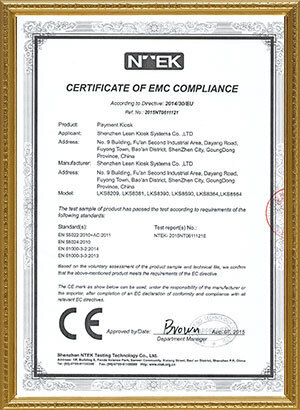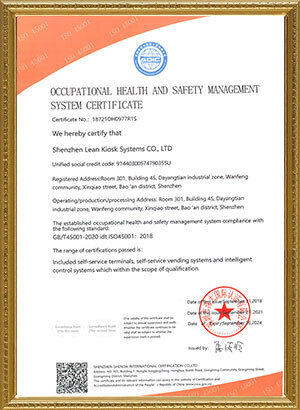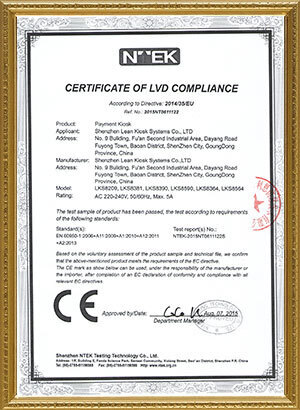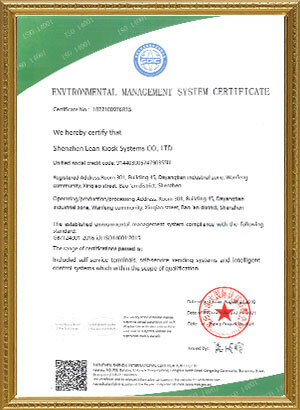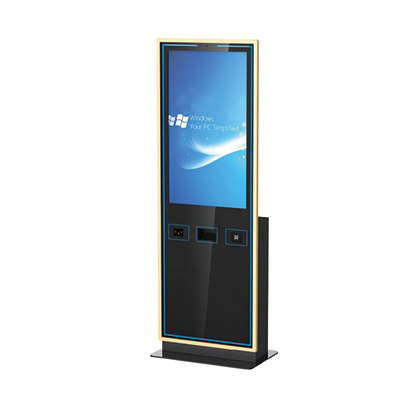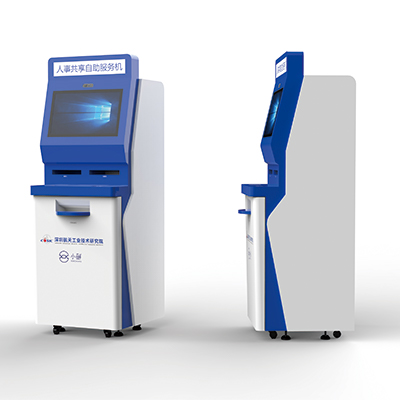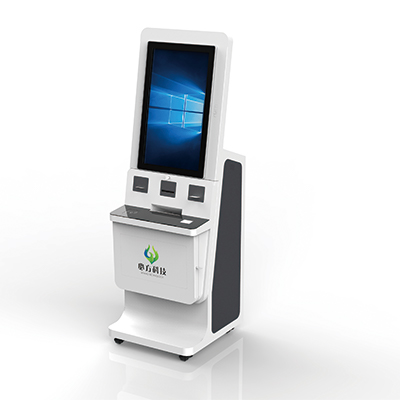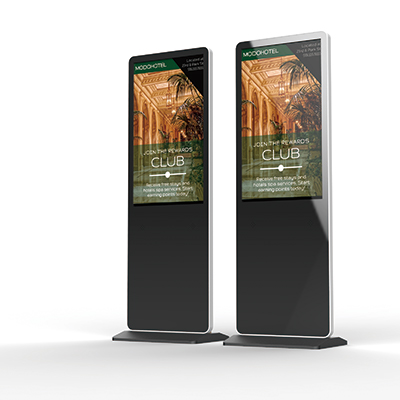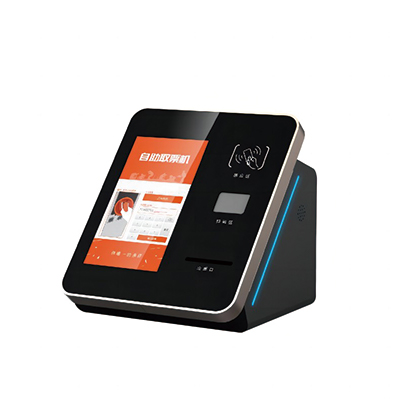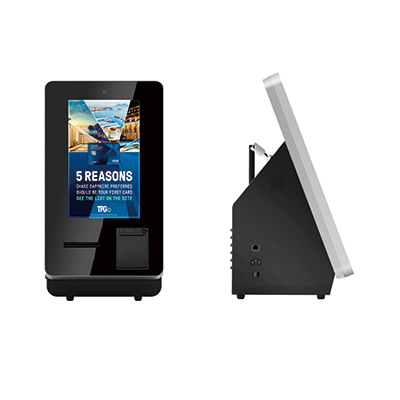






—— Bill from America
—— Jack from United Kingdom
—— James from Russia
—— Mike from America
—— James from Iran
—— James from America
Interactive kiosks require materials that not only provide durability and structural integrity but also enhance user interaction through touchscreens, displays, and input devices. Here are the key materials commonly used in interactive kiosks:
1. Enclosures and Frames:
o Metal (Stainless Steel, Aluminum): Provides robustness and structural support. Stainless steel is durable and corrosion-resistant, suitable for outdoor and high-traffic indoor environments. Aluminum is lightweight and versatile, often used for indoor kiosks.
o Plastics (High-Density Polyethylene - HDPE, Acrylic - PMMA): HDPE offers durability and weather resistance for outdoor kiosks. Acrylic provides clarity and is commonly used for transparent covers or display panels.
2. Touchscreens and Displays:
o Glass (Tempered): Tempered glass is used for touchscreen panels due to its strength and scratch resistance. It provides a smooth and responsive surface for user interaction.
o LCD or LED Displays: These provide visual information and instructions to users. They are typically protected by a layer of tempered glass or acrylic.
3. Electronic Components:
o Printed Circuit Boards (PCBs): Essential for connecting and controlling various electronic components within the kiosk, including microprocessors, memory, and interfaces.
o Microprocessors and Controllers: Control the kiosk’s operation, user interface, and communication with external systems.
o Sensors: Touch sensors, proximity sensors, or motion sensors enable interactive functionality and user engagement.
4. Input Devices:
o Touchscreens: Capacitive or resistive touchscreens enable users to interact directly with the kiosk interface, selecting options and inputting information.
o Keyboards or Keypads: Provide alternative input methods for users who prefer tactile feedback or need to enter alphanumeric data.
o Biometric Devices: Such as fingerprint scanners or facial recognition systems for secure authentication and user identification.
5. Structural Components:
o Cables and Connectors: Wiring harnesses, connectors, and cables facilitate communication and power distribution between components within the kiosk.
o Internal Casing: Provides protection and insulation for electronic components from environmental factors and mechanical stress.
6. Finishes and Aesthetics:
o Powder Coating: Applied to metal surfaces for durability and aesthetic customization, providing protection against corrosion and wear.
o Graphics and Branding: Vinyl wraps, digital printing, or signage applied to the kiosk’s exterior for branding and visual appeal.
7. Security Features:
o Locks and Security Mechanisms: Ensure physical security of internal components and prevent unauthorized access or tampering.
o Data Encryption: Protect sensitive data transmitted or stored within the kiosk using encryption protocols and secure connections.
8. Accessibility Features:
o Adjustable Height or Angle: Accommodate users of varying heights and physical abilities.
o Voice Guidance or Audio Output: Assist users with visual impairments through audio instructions and feedback.
Interactive kiosks integrate these materials to create a seamless user experience, combining functionality, durability, and aesthetic appeal to meet the specific needs of diverse applications, whether in retail, healthcare, tourism, or public information services.
Address: No. 99-15, Fuan intelligent manufacturing Industrial Park, Dayang Road, Fuhai Street, Baoan District, Shenzhen, China


